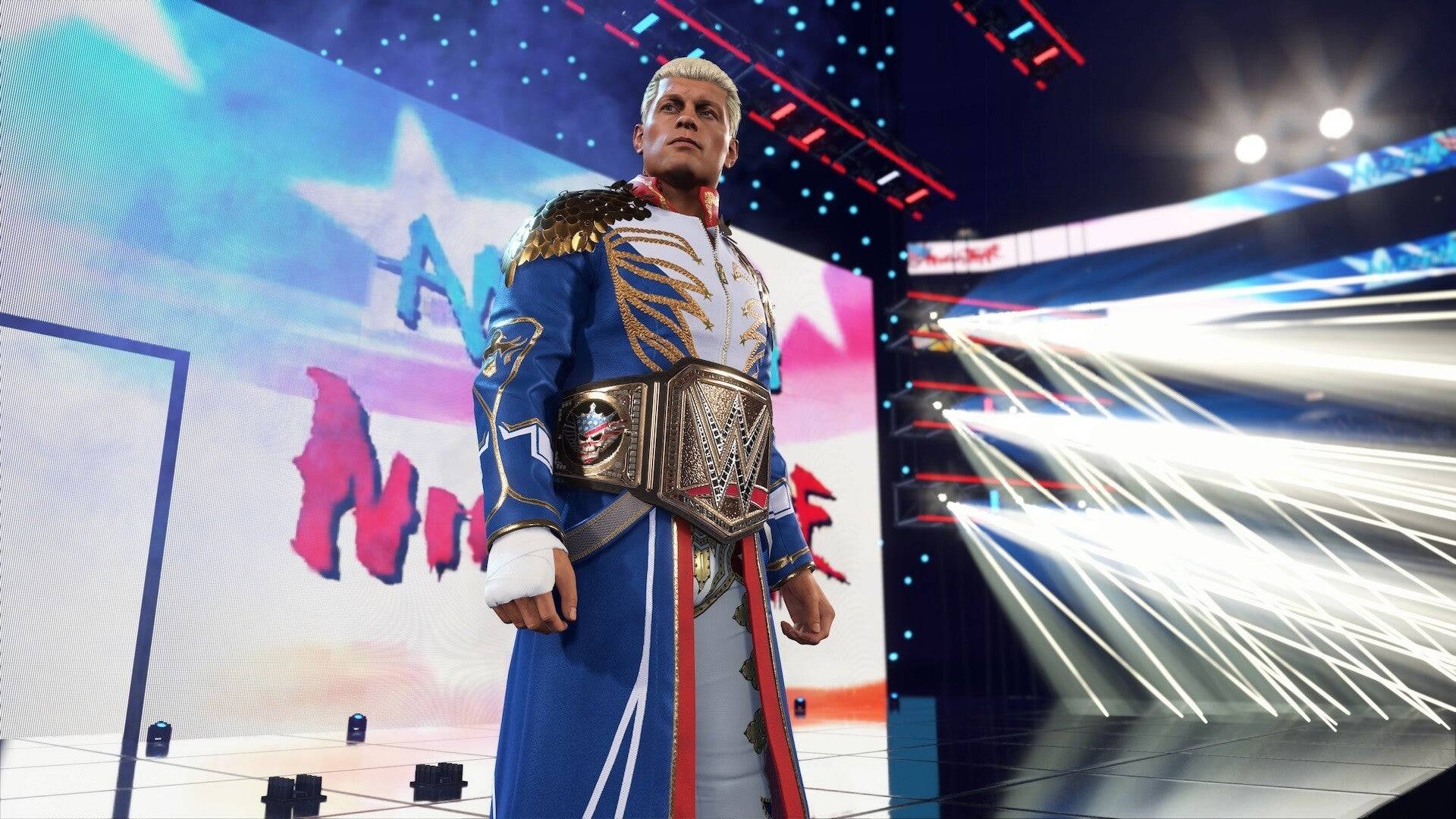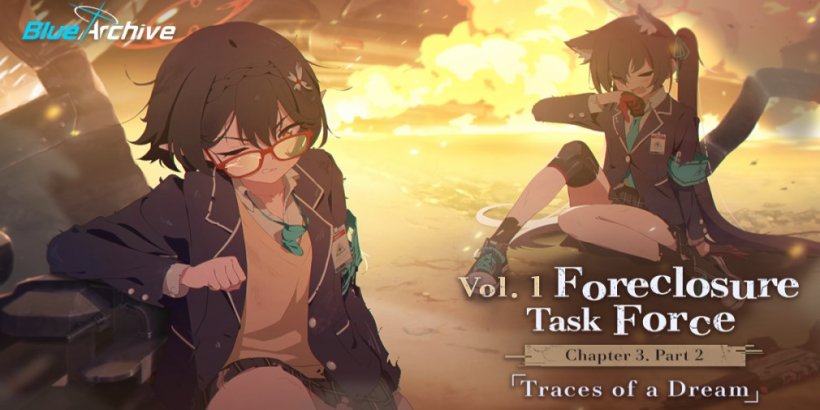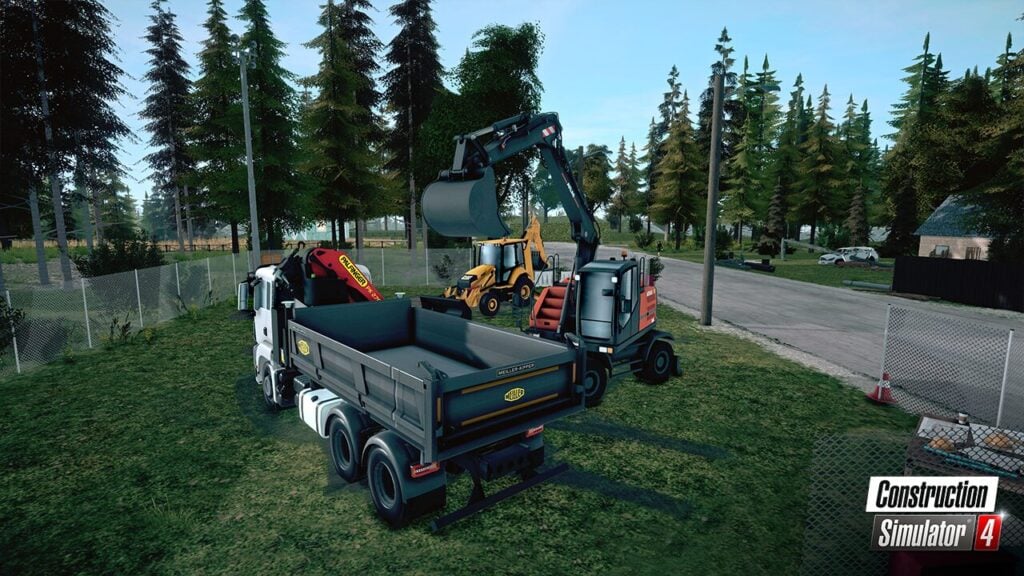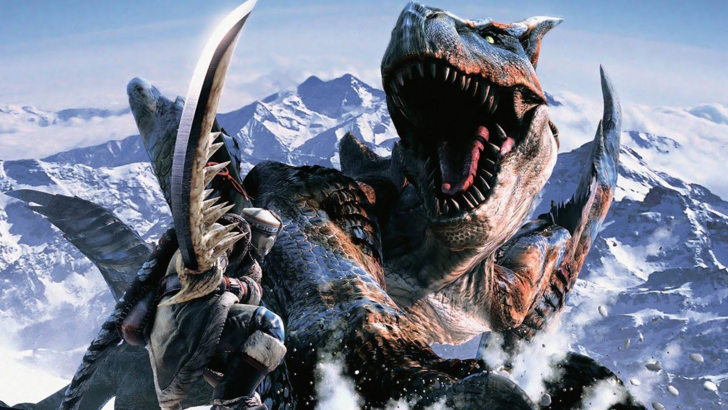
Monster Hunter is renowned for its diverse array of weapon types and captivating gameplay, but did you know that even more weapons from the franchise's history haven't made it to the newer games? Dive into the rich history of Monster Hunter's weapons and discover more about the series.
← Return to Monster Hunter Wilds' main article
History of Weapon Types in Monster Hunter
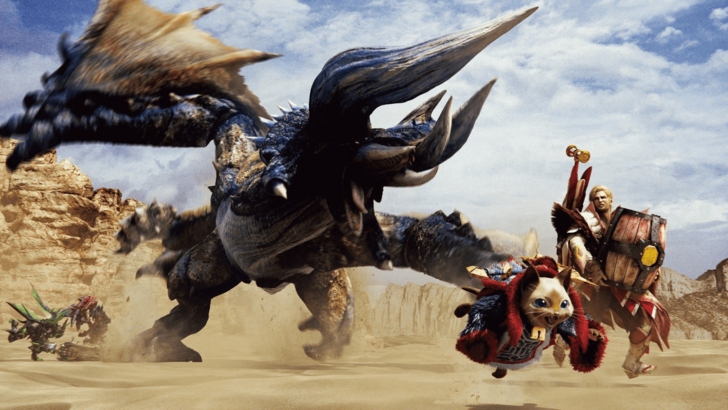
Monster Hunter has been a beloved franchise for over two decades, with the first game launching in 2004. One of its standout features is the variety of weapon types available to players, each offering unique strengths, weaknesses, movesets, and mechanics. Monster Hunter Wilds will include fourteen different weapon types, each requiring the player to master its intricacies.
The evolution of these weapons has been remarkable. From the Great Sword's initial iteration to its current form, the changes are significant. Moreover, there are weapons from older games that never reached Western audiences. Let’s explore the history of Monster Hunter, focusing on the evolution of its weaponry.
First Generation
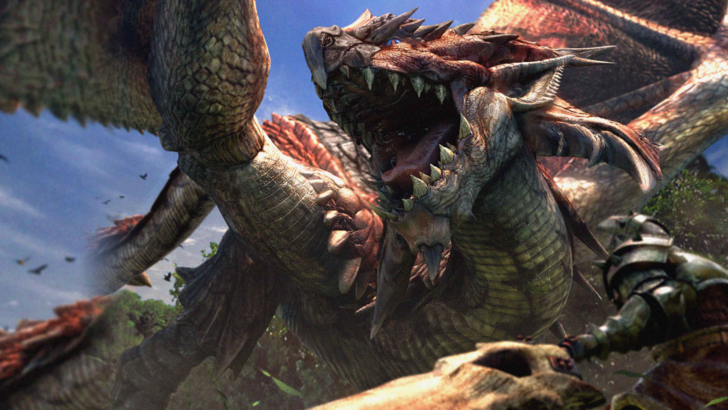
The weapons introduced in the original Monster Hunter game and its variants are considered the series' originals. These foundational weapon types have evolved over time, with enhancements in movesets, mechanics, and overall design.
Great Sword
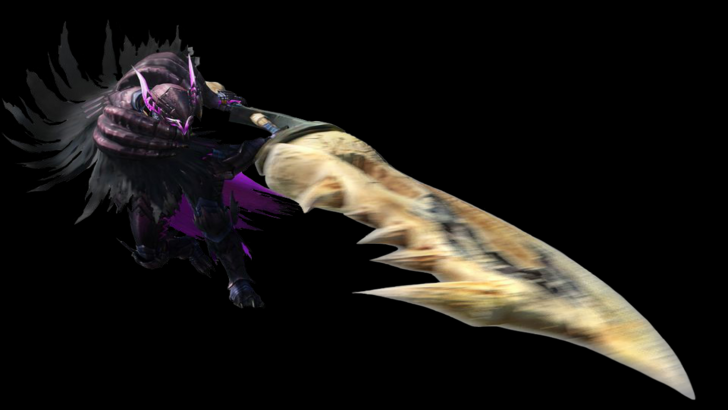
The Great Sword is arguably the most iconic weapon in the Monster Hunter series, introduced in the 2004 original. Known for its high damage output, it demands a trade-off in speed. While it can deliver the most damage per hit, its slow attack and movement speeds require strategic hit-and-run tactics. The weapon can also serve as a shield, albeit at the cost of stamina and sharpness.
Initially, the Great Sword focused on spacing and hit-and-run strategies. Its unique feature was that hitting a monster with the middle of the blade dealt more damage than the tip or hilt. In Monster Hunter 2, the Charged Slash was introduced, allowing hunters to charge the weapon for a devastating swing. Subsequent games expanded on this mechanic, adding more finishers and improving combo fluidity, such as the shoulder tackle in Monster Hunter World.
The Great Sword offers a low-skill floor but a high-skill ceiling, making it accessible yet challenging to master. The key to excelling with this weapon is maximizing damage through the True Charged Slash in tight windows of opportunity.
Sword and Shield
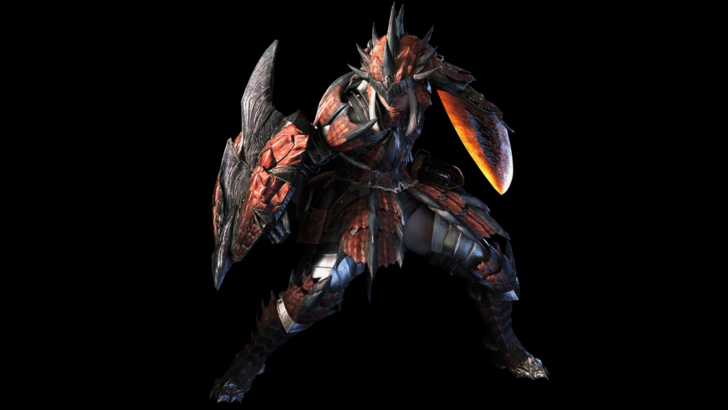
The Sword and Shield embodies versatility, offering a balanced setup with relatively low single-hit damage but quick combos, good mobility, and utility. Initially seen as a beginner-friendly weapon due to its straightforward mechanics, it has evolved significantly over time.
In its first version, the Sword and Shield emphasized quick slashes and mobility. Monster Hunter 2 introduced the ability to use items without sheathing the weapon, enhancing its utility. Subsequent generations added new moves like the shield bash combo in Monster Hunter 3, backstep and jumping attacks in Monster Hunter 4, and the Perfect Rush combo and aerial finishers in Monster Hunter World and Rise.
Despite its short range and moderate damage, the Sword and Shield remains a versatile weapon with an infinite combo, quick attacks, and built-in evasion. It's often underestimated but offers depth and complexity once mastered.
Hammer
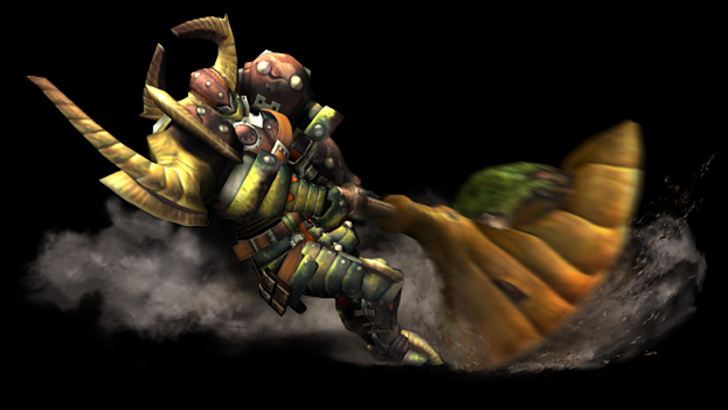
The Hammer, one of two blunt damage weapons, excels at breaking parts, particularly a monster's head, to stun it. Introduced in Monster Hunter 2, the Hammer became known for its ability to knock out monsters, emphasizing hit-and-run tactics similar to the Great Sword.
While it lacks the ability to block, the Hammer offers surprising mobility and a unique charge mechanic that allows movement during charging. Its moveset has remained relatively consistent, with significant changes in Monster Hunter World and Rise, introducing attacks like the Big Bang and Spinning Bludgeon.
Monster Hunter World also introduced Strength and Courage modes, which change charge attack effects and require strategic mode-switching. The Hammer's simplicity belies its effectiveness, rewarding players who master its timing and positioning.
Lance
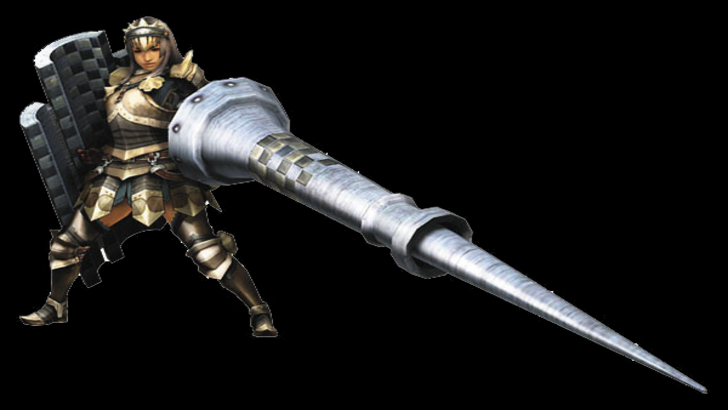
The Lance epitomizes the saying "a good offense is a great defense." With its long reach for safe attacks and a large shield for blocking, it's the ultimate defensive weapon. Its shield can block most attacks, and with the right skills, even unguardable ones.
The Lance's playstyle resembles an outboxer, focusing on safe, ranged pokes while maintaining a defensive stance. Its basic attacks include forward and upward thrusts, with a Counter mechanic added in later versions to reinforce its defensive identity. Despite its slower movement when drawn, the Lance offers significant damage output and turns the hunter into a tank.
Light Bowgun
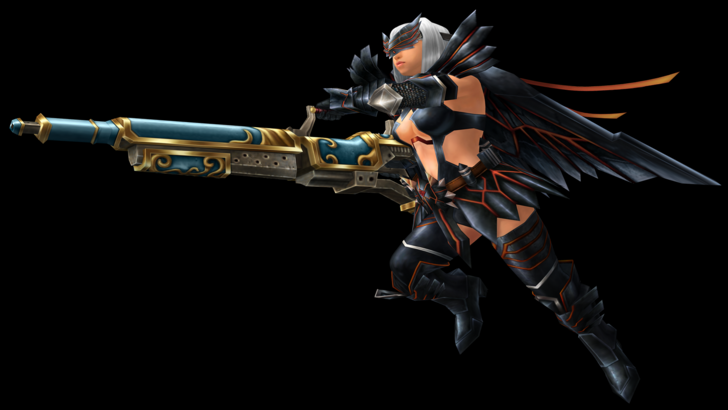
The Light Bowgun, a ranged weapon from the first generation, is known for its mobility and faster reload speed due to its size. While it sacrifices some firepower compared to the Heavy Bowgun, its customization options, including long barrels and scopes, allow players to tailor it to their needs.
Monster Hunter 4 introduced the Critical Distance mechanic, adding depth to ranged combat by requiring optimal positioning for maximum damage. Monster Hunter World added the Wyvernblast, enabling hunters to plant bombs that detonate upon impact, enhancing the weapon's mobile, run-and-gun style.
The Light Bowgun has evolved from a simpler design to a more robust and versatile weapon, maintaining its ease of use while adding new mechanics and specialties.
Heavy Bowgun
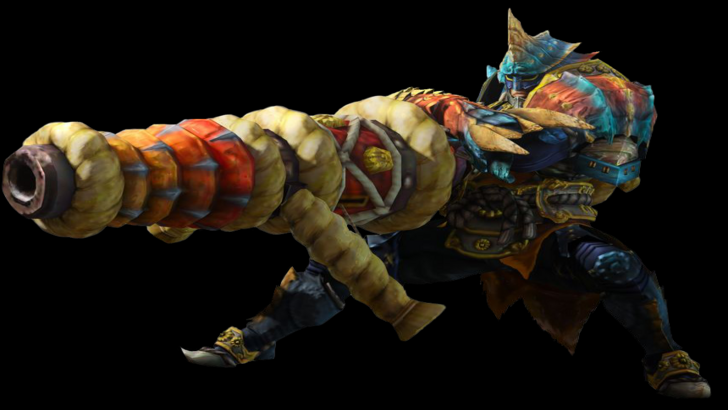
The Heavy Bowgun, introduced in the first generation, is the series' premier ranged weapon, offering high damage and versatile ammunition options. Its size and weight make it less mobile, but it compensates with flexibility in ammo types and customization options, including a shield for blocking.
Monster Hunter 3 introduced Siege Mode, allowing for sustained fire without reloading. Monster Hunter World added special ammo types like Wyvernheart and Wyvernsnipe, enhancing its firepower and strategic depth. The Heavy Bowgun's preparation-focused gameplay requires hunters to craft ammunition during hunts, emphasizing its role as a powerful artillery or support weapon.
Dual Blades
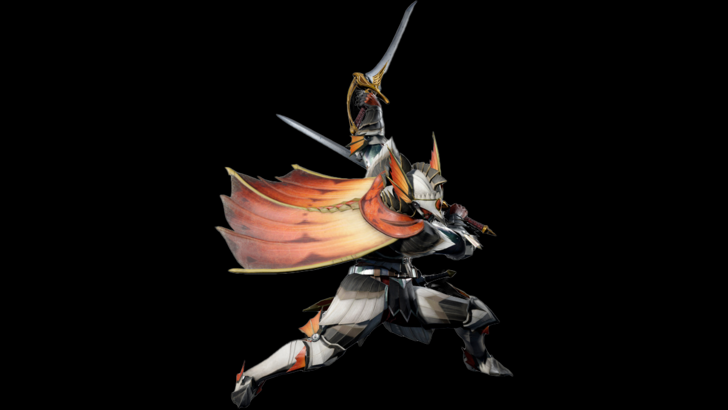
The Dual Blades, introduced in the Western release of the original Monster Hunter, are known for their speed and ability to inflict status ailments and elemental damage. Their multi-hitting attacks make them ideal for a "death by a thousand cuts" strategy.
The Dual Blades allow hunters to enter Demon Mode, increasing damage and access to offensive maneuvers at the cost of stamina. Monster Hunter Portable 3rd and 3 Ultimate introduced the Demon Gauge, leading to Archdemon Mode, which offers new attacks and evasive maneuvers without stamina drain.
The weapon's core gameplay focuses on maintaining Archdemon Mode, with changes like the Demon Dash and Adept Hunter Style enhancing its offensive capabilities. The Dual Blades have evolved to maintain their high-speed, aggressive playstyle while adding new mechanics.
Second Generation
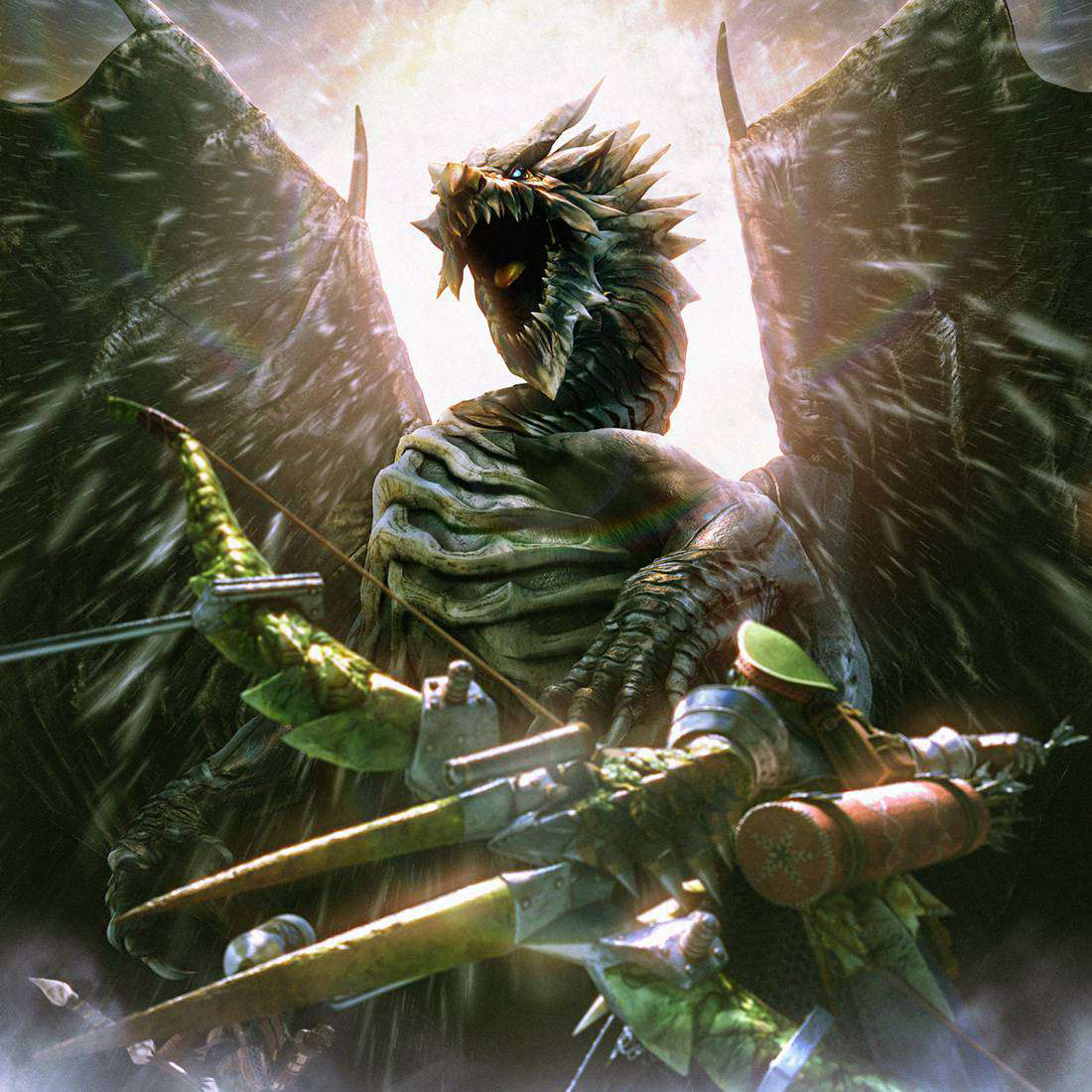
The second generation of Monster Hunter games introduced new weapons that, while similar to the originals, offered unique movesets and mechanics.
Long Sword
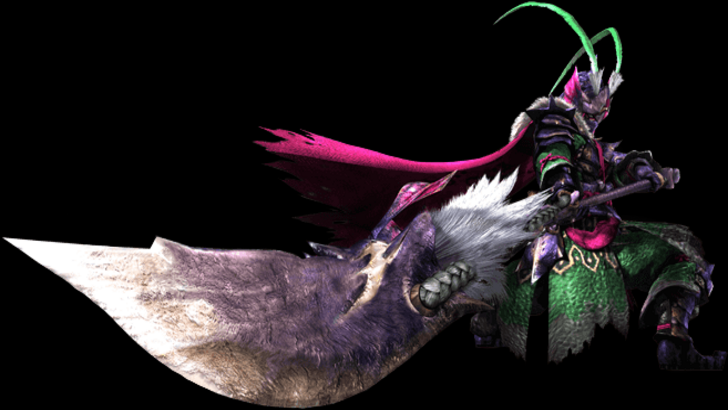
The Long Sword, introduced in Monster Hunter 2, is known for its fluid combos, high damage, and the Spirit Gauge mechanic. While it shares similarities with the Great Sword, it offers higher mobility and a more dynamic combo structure but lacks blocking capabilities.
The Spirit Gauge, filled by landing attacks, allows access to the Spirit Combo, dealing significant damage. Monster Hunter 3 expanded this mechanic with new levels and the Spirit Roundslash finisher, enhancing the weapon's offensive flow. Monster Hunter World added the Foresight Slash parry and the Spirit Thrust Helm Breaker, further refining its counter-based playstyle.
The Long Sword's evolution has focused on fluidity and counters, allowing for dynamic playstyles that quickly maximize the Spirit Gauge.
Hunting Horn
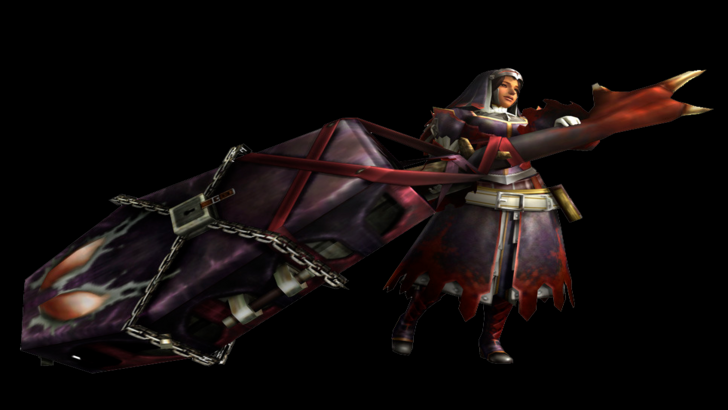
The Hunting Horn, introduced in Monster Hunter 2, is the series' primary support weapon. It uses the Recital mechanic to play notes, granting various buffs like attack and defense boosts or healing.
While dealing impact damage similar to the Hammer, the Hunting Horn is generally weaker but offers unique support capabilities. Monster Hunter 3 Ultimate allowed note-playing during attacks, enhancing its fluidity. Monster Hunter World introduced song queuing and Echo Notes, further improving its combat flow.
Monster Hunter Rise overhauled the Hunting Horn, simplifying its mechanics to make it more accessible while retaining its support role. This redesign sparked debate among fans, balancing ease of use with the weapon's traditional complexity.
Gunlance
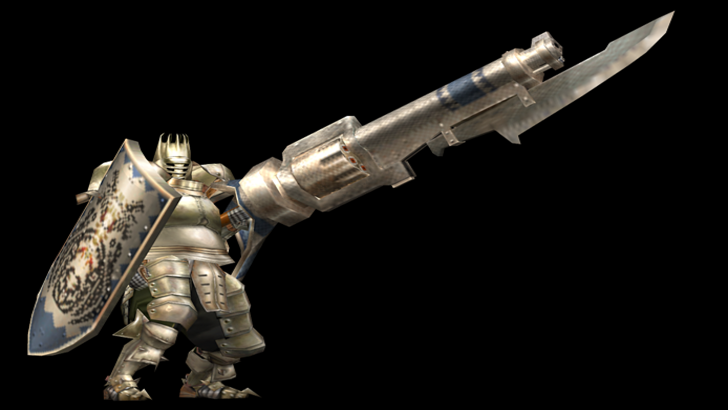
The Gunlance, introduced in the second generation, combines the Lance's defensive capabilities with the Bowgun's explosive firepower. Its unlimited shelling ammunition is regained upon reloading, offering a unique playstyle.
The Gunlance's attacks focus on cutting and slashing, with finishers like the Wyvern's Fire. Monster Hunter 3 introduced a quick reload mechanic and the Full Burst attack, enhancing its aggressive playstyle. Monster Hunter X added the Heat Gauge, balancing shell usage with physical damage.
Monster Hunter World introduced the Wyrmstake Shot, adding another layer of offensive options. The Gunlance's unique mechanics require a balance between shell usage and physical attacks, making it a challenging yet rewarding weapon.
Bow
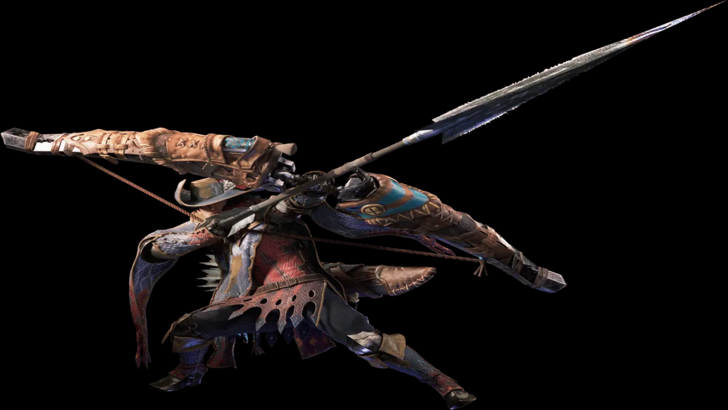
The Bow, introduced in Monster Hunter 2, is the most agile ranged weapon, specializing in close-to-mid-range combat. Its mobility and combo-based attacks set it apart from other ranged weapons, with chargeable attacks that shoot multiple arrows.
The Bow uses various Coatings to enhance damage or inflict elemental and status effects. Its playstyle emphasizes hit-and-run tactics, focusing on weak spots and multi-hitting attacks for elemental damage. Monster Hunter World streamlined its moveset, integrating Shot Types into its base attacks and introducing the infinite Close-Range Coating.
Monster Hunter Rise reintroduced Shot Types tied to charge levels, enhancing its aggressive, combo-heavy playstyle while maintaining its unique identity.
Third and Fourth Generation
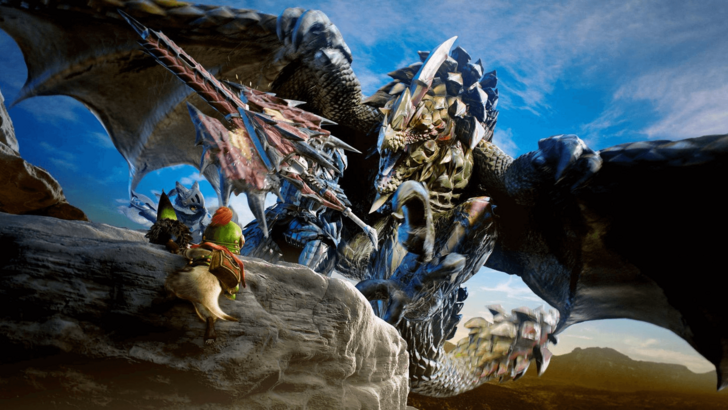
The third and fourth generations introduced weapons with unique mechanics, including morphing capabilities and buff collection systems.
Switch Axe
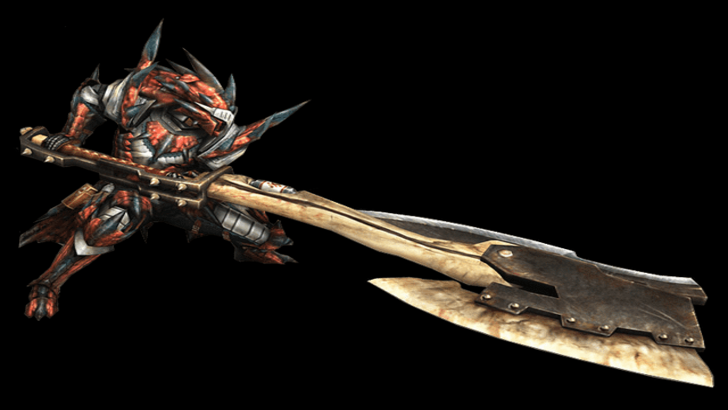
The Switch Axe, introduced in Monster Hunter 3, features Axe Mode and Sword Mode. Initially requiring a quest to unlock, it has since been available from the start. The weapon's design balances offense between its modes, with Axe Mode offering mobility and range, while Sword Mode delivers higher damage and access to Phials and Elemental Discharge.
Monster Hunter World introduced the Amped mechanic, empowering Sword Mode with phial effects. Monster Hunter Rise extended this to both modes, encouraging fluid form-switching during combat. The Switch Axe's unique gameplay adds depth to the series, rewarding strategic switching between forms.
Insect Glaive
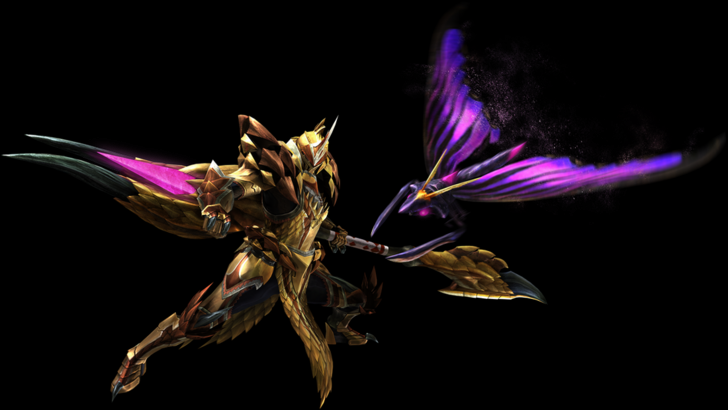
The Insect Glaive, introduced in Monster Hunter 4, specializes in aerial combat and is paired with a Kinsect that collects essences for buffs. These essences, red, white, and orange, enhance attack, mobility, and defense, respectively. When all three are collected, the buffs are stronger and more durable.
While the weapon's basic moveset is straightforward, its potential is unlocked through essence collection. Monster Hunter World: Iceborne added the Descending Thrust finisher, and Monster Hunter Rise simplified the Kinsect upgrade system, introducing new types and tying them to weapon levels.
The Insect Glaive's unique aerial mechanics and buff system make it a versatile and engaging weapon, offering both accessibility and depth.
Charge Blade
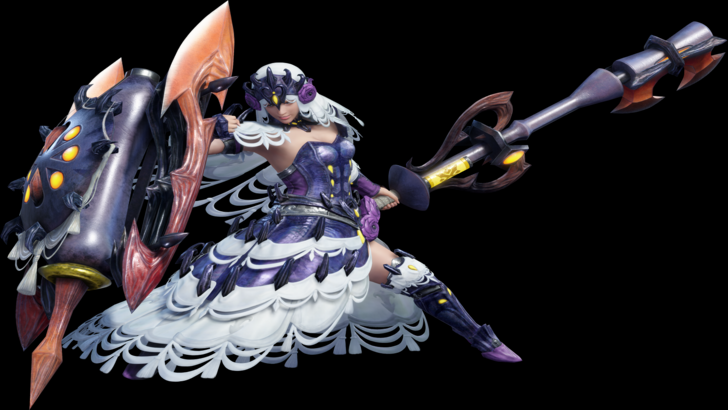
The Charge Blade, introduced in Monster Hunter 4, is known for its versatility and complex mechanics. It features Sword Mode for charging Phials and Axe Mode for using them with Amped Elemental Discharge. The weapon's Guard Points allow for charging Phials while blocking, adding strategic depth.
Mastering the Charge Blade requires understanding its transitions and the monster's behavior to maximize Guard Points. Its balanced offense and mechanical complexity make it a challenging yet rewarding weapon to master.
Will There Be More?
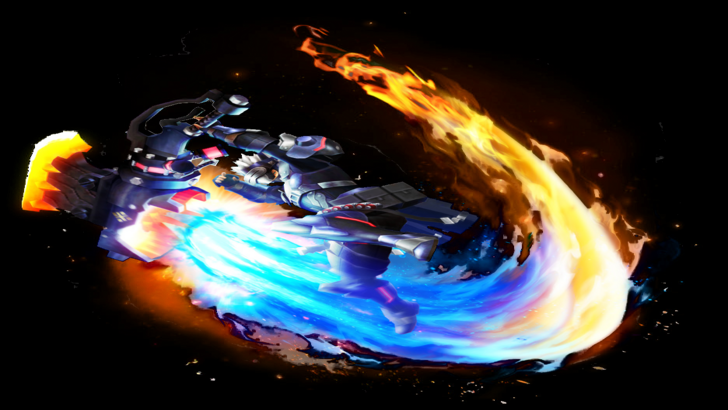
Monster Hunter Wilds will feature the fourteen weapons mentioned, but the series has a rich history of additional weapons not yet seen in Western releases. Given the franchise's longevity, future games may introduce new weapons or reintroduce existing ones from previous titles. As a fan, I'm eager to see what new weapons will add to the already deep gameplay, even if I continue to favor the Sword and Shield.
You may also like...


 Latest Downloads
Latest Downloads
 Downlaod
Downlaod
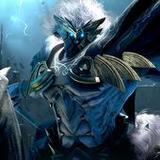



 Top News
Top News